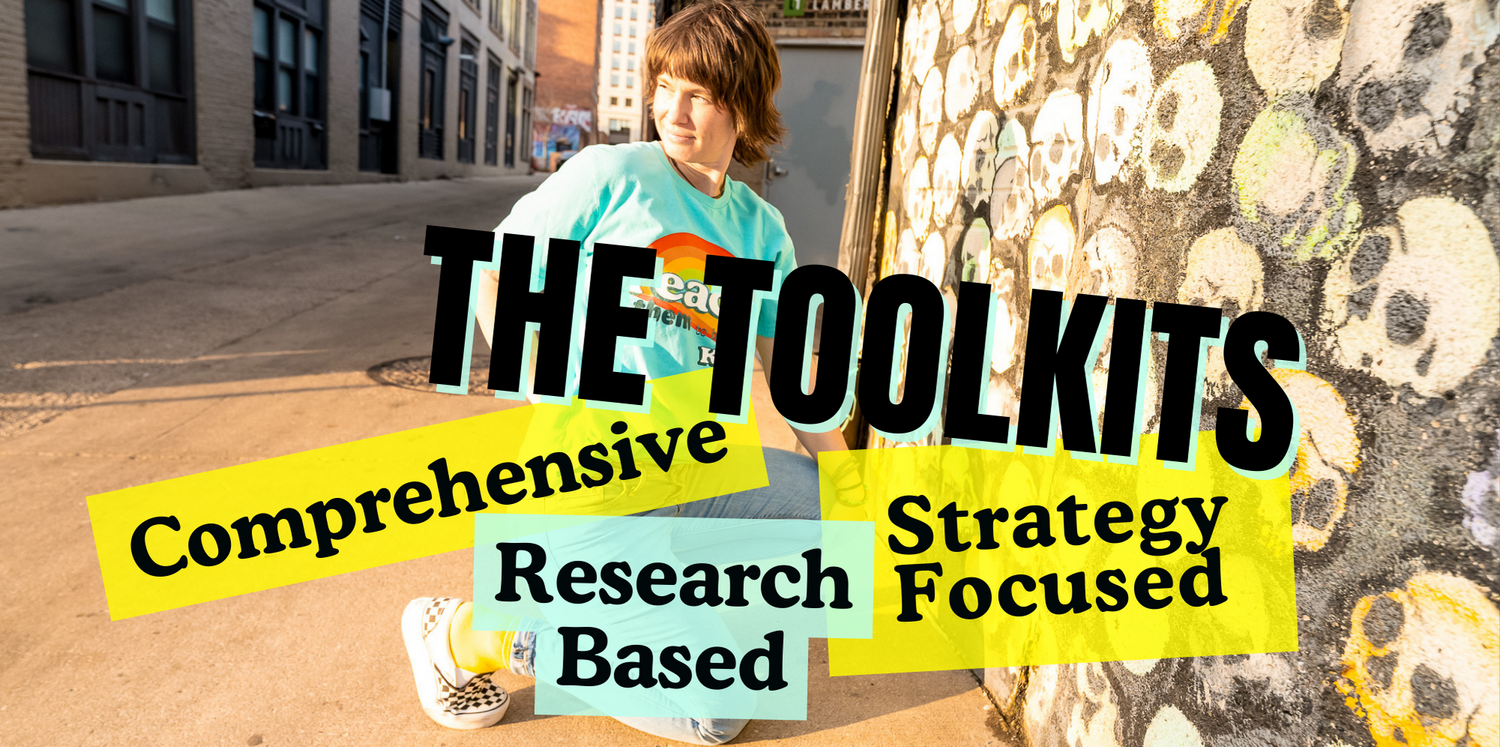
Part 1: Why Your Students Aren’t Hooked—And How to Fix That with Brain Science + Real-Life Drama
Share
🎤 “Alright all, let’s get started.”
And just like that—half the room is glazed over, one kid is trying to sneak their phone under the desk, and another is asking to go to the bathroom for the fifth time in a 45 minute lesson.
You planned. You prepped. You even added really funny memes to your slides.
But your students still aren’t hooked.
Let’s get one thing straight: You’re not the problem.
The way we’ve been told to start lessons? That’s the problem
🧠 What the Brain Actually Needs to Engage
Here’s what’s happening under the hood:
There’s a part of the brain called the striatum—it filters what we pay attention to based on reward, relevance, and emotional engagement.
If the striatum doesn’t light up?
-
The brain tunes out.
-
Focus drops.
-
Behavior ramps up.
But when it does get activated- dopamine flows.
Motivation increases.
Attention stabilizes.
The key? We’ve got to speak the brain’s language when we introduce content.
🔥 Strategy #1: Lead with Anticipatory Sets That Prime the Brain
Think of an anticipatory set as your opening act—a short, high-impact moment that builds suspense, personal meaning, or emotional relevance right before you teach.
Instead of saying:
“Today we’re starting a unit on ethics…”
You open with a breaking news clip of a wildfire and say:
“Imagine you’re the lead environmental journalist covering this—what questions do you need answered by tomorrow morning’s headline?”
Boom. The striatum says:
✅ This is real
✅ This is dramatic
✅ This matters to me
Now you’ve got a hook.
🎭 Real-World Scenarios Simulation
This activity is a part of a handout I developed for a member in The Neighborhood (TTR’s online community) to check it out along with all of its perks scroll down 👇
Let’s break it down.
Hook: Present a powerful, real-world scenario—think natural disaster footage, a political protest, or a social dilemma ripped from the headlines.
Activity: Ask students to step into expert roles—scientists, journalists, ethicists—and solve or report on the event.
Why It Works:
-
💥 Authenticity & Novelty: They’re not just doing a task. They’re living it.
-
🎯 Audience & Purpose: There’s a real-world goal, not just “because it’s due.”
-
🛟 Emotional Safety: Everyone collaborates; no one’s out on a limb alone.
And no—it doesn’t take 30 minutes to set up. You can do this in 5.
👀 Why Traditional “Starts” Don’t Work for Neurodivergent Brains
If you’ve got students with ADHD, autism, trauma histories, anxiety, or sensory needs (like most classrooms)? Their brains are even more selective.
They’re constantly scanning for safety, meaning, and engagement. And when lessons start with abstract instructions or passive listening?
🚫 The striatum hits the brakes.
But lead with a compelling problem or a story? Or let them move, talk, decide, debate?
✅ Now you’ve got motivation.
💡 Ready for More Than Just One Hook?
This is just one of many strategies we develop and discuss inside The Neighborhood—our full-year online community for educators who are DONE feeling like they’re constantly firefighting behavior and student disconnection.
You’ll get:
-
Weekly live calls with Britt (yes, you can actually ask questions in real time)
-
A group chat with tips, resources, and answers to the communities issues
-
A full library of lesson plans, printables, and live replays
-
Personal support from like-minded educators and the TTR team
You don’t need more pressure. You need a neighborhood.
And we’ve got you.
Check out the Neighborhood HERE
👀 Stay tuned for Part 2, where we’ll explore how Inquiry Circles with student-generated questions can turn “meh” lessons into meaningful exploration—and how to keep that hook going past the opening five minutes.
Want in on the community that’s making these strategies real, doable, and sustainable?
👉 Check out The Neighborhood HERE
Let’s teach in a way that works for real brains. Yours included.







